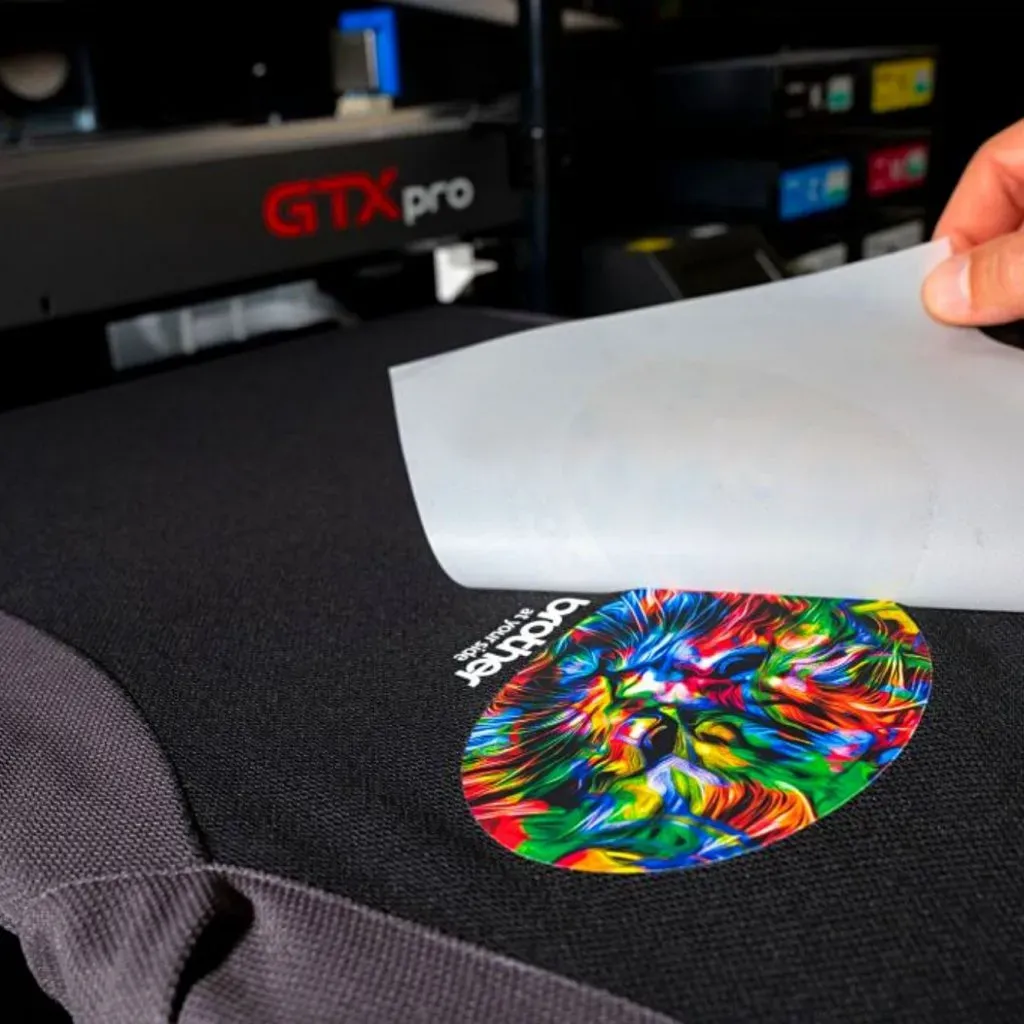DTF printing, or Direct-to-Film printing, is revolutionizing the custom graphics landscape, bringing fresh opportunities for creative expression and personalization in the apparel industry. This innovative print technology allows for high-quality, vibrant designs to be transferred effortlessly onto various fabrics, making it a favorite for businesses and consumers alike. The versatility of DTF printing enables it to cater to a wide range of materials, from cotton to polyester blends, which is essential for today’s diverse fashion demands. Moreover, with a strong emphasis on eco-friendly printing practices, DTF aligns perfectly with the rising consumer preference for sustainable products. As more individuals and companies recognize the benefits of DTF, its prominence in custom graphics continues to soar, promising a bright future for apparel printing.
As the world of printing evolves, Direct-to-Film (DTF) printing emerges as a standout methodology that simplifies the process of creating intricate and colorful designs. This technique, often recognized within the realm of graphic printing, incorporates an advanced transfer process where custom graphics can be printed onto transparent film, enabling seamless application onto textiles. In a market increasingly driven by trends such as personalized fashion and sustainability, this print solution offers a practical alternative that meets the needs of modern consumers. Furthermore, the eco-conscious practices associated with DTF printing serve to enhance its appeal, positioning it as a go-to choice for both innovative brands and environmentally aware customers. This introduction of DTF highlights the future direction of apparel design, emphasizing both creativity and environmental responsibility.
The Advantages of DTF Printing Over Other Methods
Direct-to-Film (DTF) printing stands out in the crowded market of graphic printing due to its remarkable advantages. One of the most significant benefits is its ability to produce high-quality, vibrant designs that are exceptionally detailed. Unlike traditional screen printing, which often struggles with intricate patterns and color gradients, DTF excels at capturing the nuances of complex graphics. This capability makes it particularly attractive for fashion brands looking to distinguish themselves with unique artwork. Furthermore, the flexibility of DTF allows for a wider range of fabrics including cotton, polyester, and blends, thereby broadening the scope of applications in apparel printing.
Another compelling advantage of DTF printing lies in its user-friendliness. The process is relatively straightforward, allowing businesses—whether small startups or established enterprises—to adopt it with ease. This simplicity not only lowers the barrier to entry for printing workshops but also enables quicker turnarounds for custom orders. As a result, those looking to enter the custom apparel market can efficiently meet customer demands for personalized products, making DTF a smart choice for meeting current trends in the fashion industry.
Frequently Asked Questions
What is DTF printing and how does it work for custom graphics?
DTF printing, or Direct-to-Film printing, is an innovative print technology that allows high-quality custom graphics to be printed on a specialized film and then transferred onto various fabrics using heat. This method is favored for its versatility and ability to produce detailed and vibrant designs on apparel.
Why is DTF printing becoming the preferred choice in the apparel printing industry?
DTF printing is gaining popularity in the apparel printing industry due to its ability to produce intricate designs with vibrancy and depth that traditional methods like screen printing cannot match. This technology allows for customization and personalization, which is increasingly in demand from consumers.
How does DTF printing contribute to eco-friendly printing practices?
DTF printing supports eco-friendly printing by using less ink and generating less waste compared to traditional apparel printing methods. Many DTF printers also utilize environmentally friendly inks, aligning with the growing consumer preference for sustainable products.
What advancements have improved DTF printing technology in recent years?
Advancements in DTF printing technology include improved ink formulations, faster printing speeds, and better printer mechanics, enabling high-quality custom graphics production. These developments have made DTF more accessible for small businesses aiming to compete in the custom apparel market.
Can DTF printing be used for a variety of fabric types?
Yes, DTF printing can be applied to a wide range of materials including cotton, polyester, and their blends. This versatility makes it an ideal choice for creating custom graphics on diverse apparel products.
What market trends are driving the growth of DTF printing in the custom graphics industry?
The custom graphics market is experiencing growth driven by consumer demand for personalized clothing and unique designs. DTF printing is well-positioned to meet these trends, allowing businesses to offer distinctive apparel that reflects individual customer preferences.
| Key Points | Details |
|---|---|
| Growth in Popularity | DTF printing offers vibrant and detailed designs, making it preferred over traditional methods. |
| Technological Advancements | Improvements in ink and printer technology allow for faster printing, attracting small businesses. |
| Market Trends | Com projected growth rate of 9.7%, driven by the demand for personalized clothing. |
| Sustainability and Eco-Friendliness | DTF uses less ink, producing less waste and accommodating eco-conscious consumers. |
| Position in the Industry | DTF competes with DTG and screen printing but offers advantages in affordability and efficiency. |
Summary
DTF printing is revolutionizing the custom graphics industry by providing a versatile and eco-friendly solution for personalized apparel. As advancements in technology continue to enhance the quality and efficiency of this method, businesses can more easily cater to the growing consumer demand for unique and individualized products. With a significant market growth rate projected, DTF printing is set to lead the charge in transforming how custom graphics are created and appreciated.



